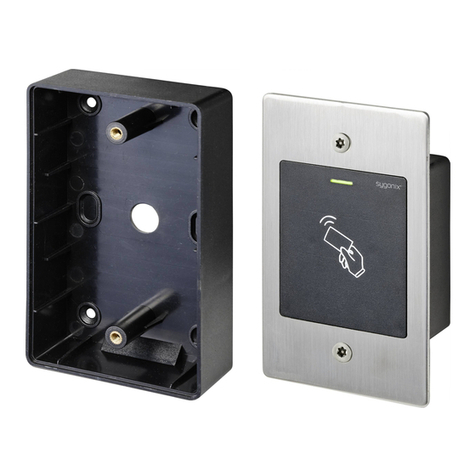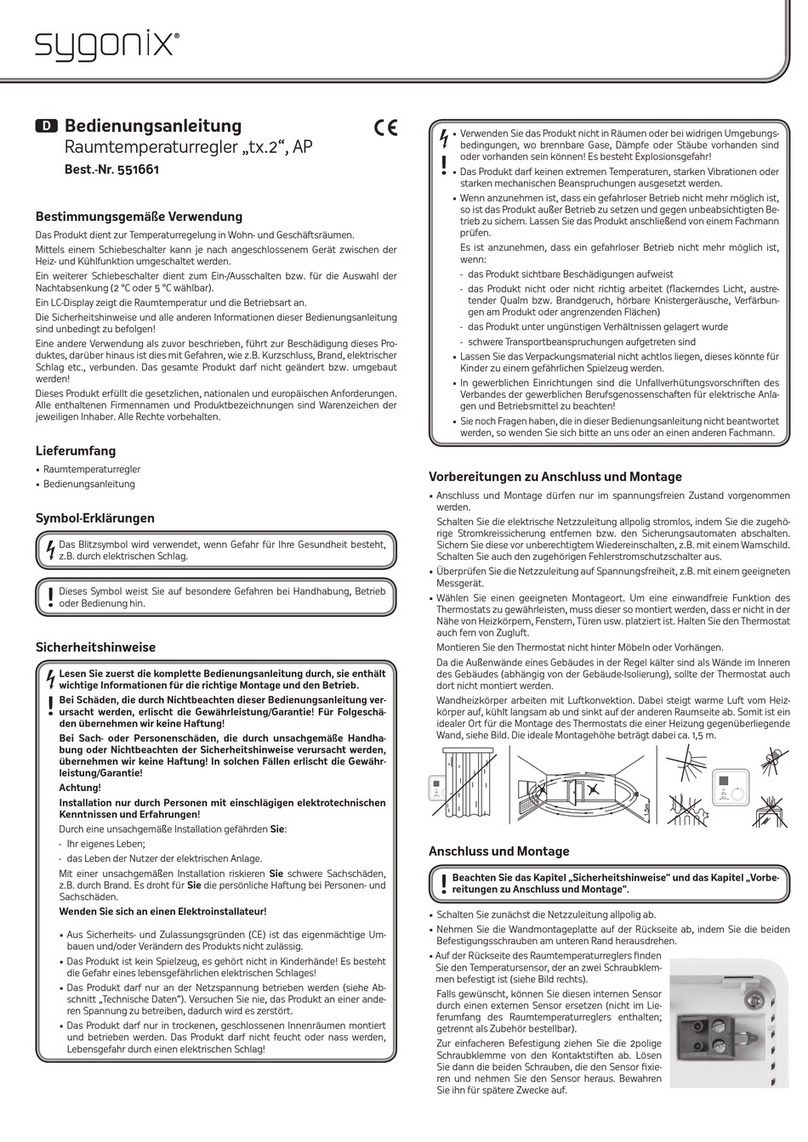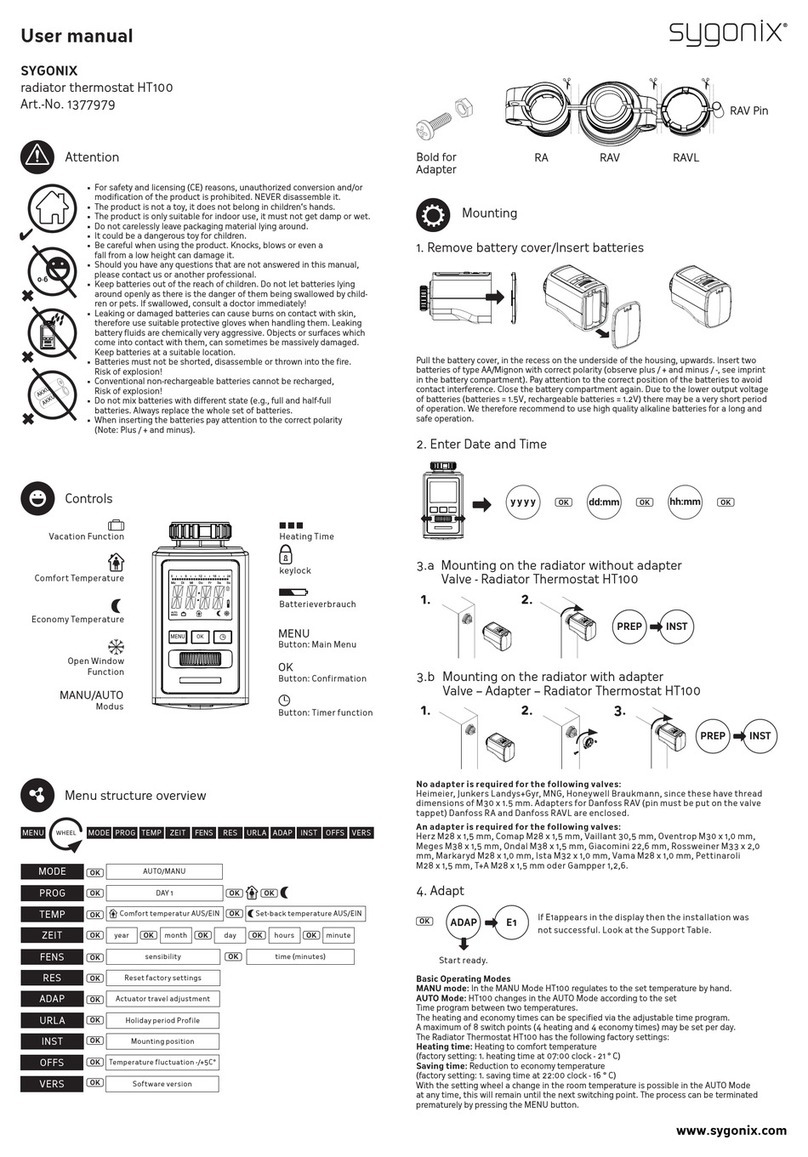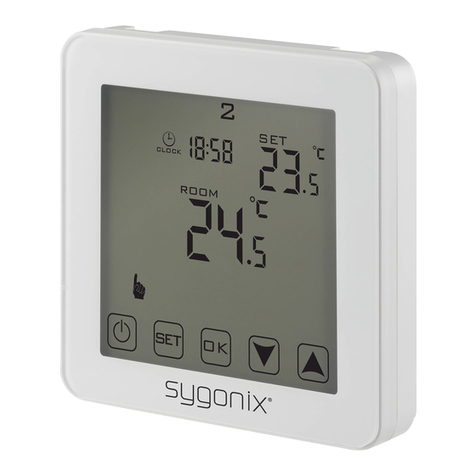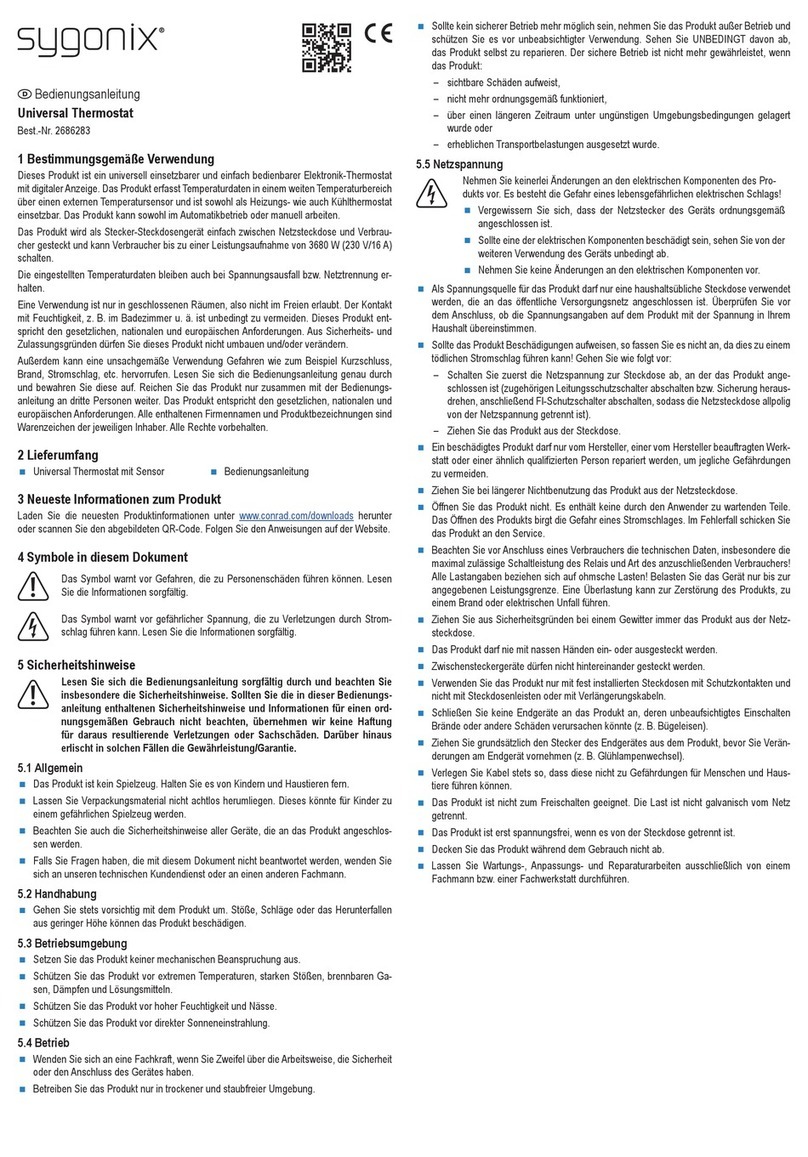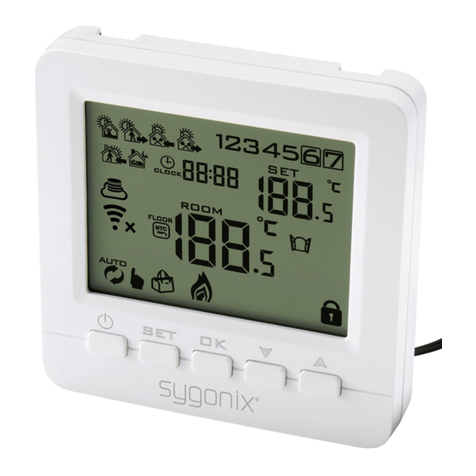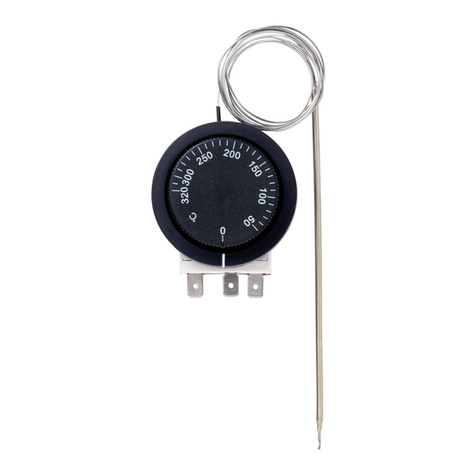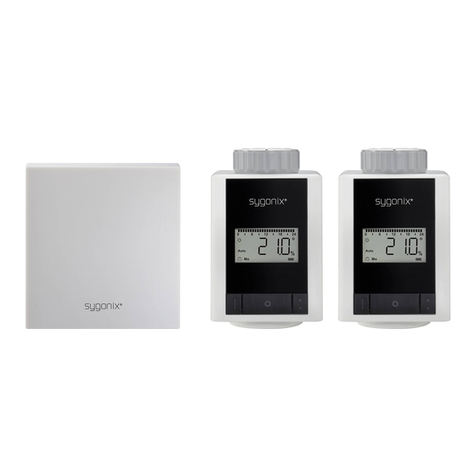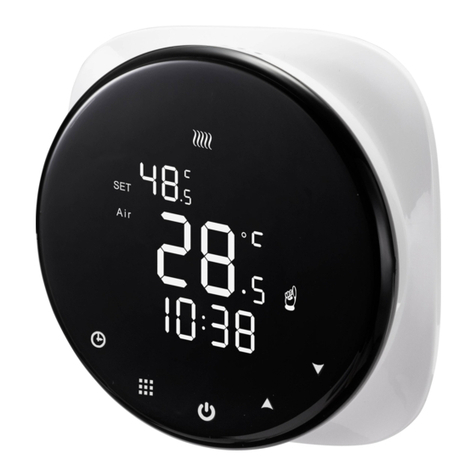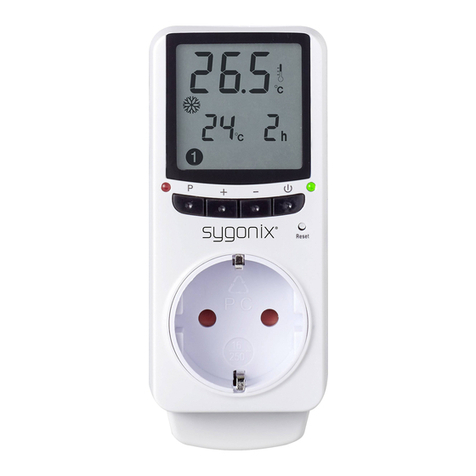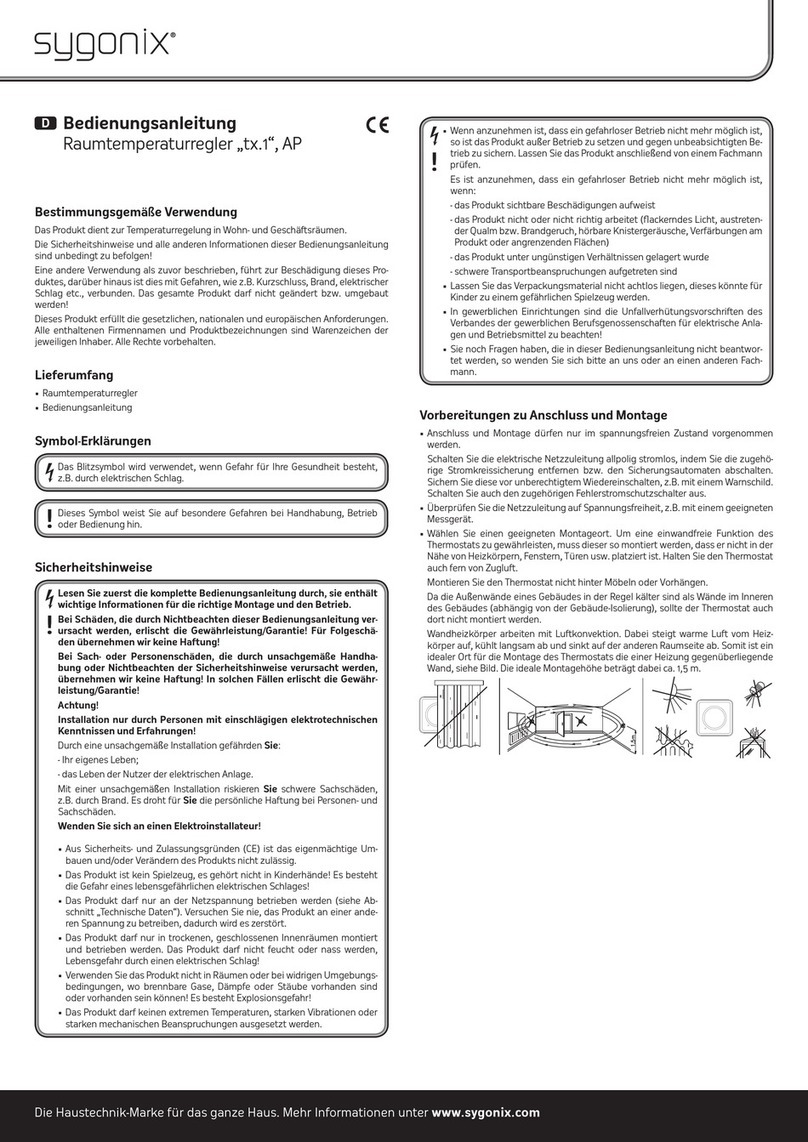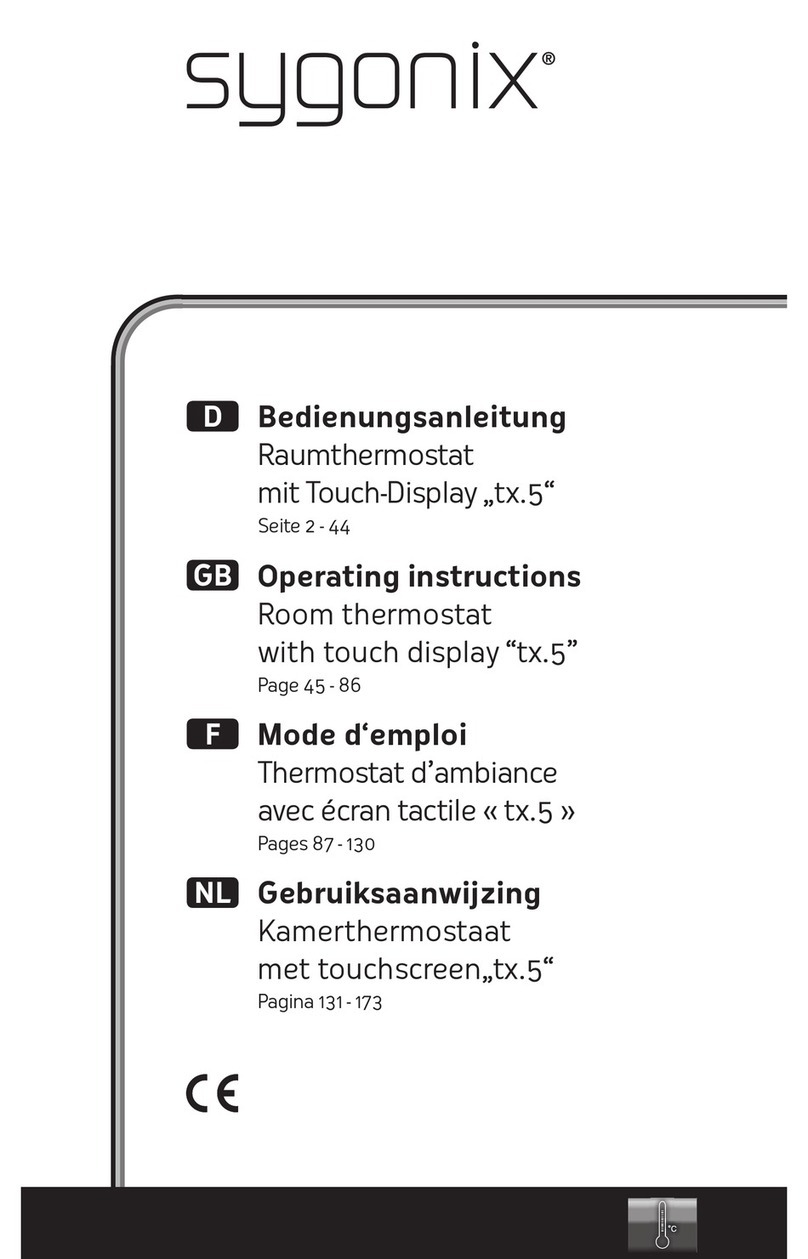
Safety instructions
Read the operating instructions
carefully and especially observe
the safety information. If you do
not follow the safety instructions
and information on proper han-
dling in this manual, we assume
no liability for any resulting per-
sonal injury or damage to prop-
erty. Such cases will invalidate
the warranty/guarantee.
a) General information
• The device is not a toy. Keep it out of the
reach of children and pets.
• Do not leave packaging material lying
around carelessly. This may become dan-
gerous playing material for children.
• Protect the appliance from extreme tem-
peratures, direct sunlight, strong jolts,
high humidity, moisture, ammable gases,
steam and solvents.
• Do not place the product under any me-
chanical stress.
• If it is no longer possible to operate the
product safely, take it out of operation and
protect it from any accidental use. Safe
operation can no longer be guaranteed if
the product:
- is visibly damaged,
- is no longer working properly,
- has been stored for extended periods in
poor ambient conditions or
- has been subjected to any serious trans-
port-related stresses.
• Please handle the product carefully. Jolts,
impacts or a fall even from a low height can
damage the product.
• Consult an expert when in doubt about the
operation, safety or connection of the ap-
pliance.
• If you have questions which remain un-
answered by these operating instructions,
contact our technical support service or
other technical personnel.
b) Installation / connection
Caution, safety hazard!
The product should only be installed by
people with relevant electrical knowledge
and experience! *)
If it is not installed properly, you risk:
• your own life
• the life of user of the electrical device
If it is not installed properly, you risk severe
damage to property, e.g. by re.
You face the risk of personal liability for per-
sonal injury and material damage.
Always consult an electrician!
*) Technical knowledge required to perform
the installation:
For the installation, the following specialist
knowledge is required in particular:
• The “Five safety rules”: Disconnect from
the mains; protect against accidental
switch-on; ensure there is no voltage;
earth and short-circuit; cover or protect
adjacent live parts
• Use of suitable tools, measuring devices
and personal protective equipment, where
necessary
• Analysis of measurement results
• Use of electrical installation materials to
meet the requirements for disconnection
• IP protection ratings
• Installation of electrical installation materi-
als
• Type of power supply (TN system, IT
system, TT system) and the correspond-
ing connection criteria (classic earthing,
protective earthing, necessary additional
measures etc.)
If you are not a professional, do not do it your-
self, have it performed by a specialist.
Further warnings:
• The construction of the product corre-
sponds to the protection-class II (double
or reinforced isolation). Ensure that the in-
sulation of the housing is neither damaged
nor destroyed.
• During installation, all poles must be dis-
connected from the mains voltage, e.g.,
via RCD. There must be an appropriately
rated fuse or circuit breaker between the
RCD and the product.
• The device must be voltage-free during
installation and connection. Furthermore,
turn off the automatic circuit breaker and
the earth leakage circuit breaker to discon-
nect all the poles from the mains voltage.
Secure it against unauthorised reconnec-
tion, e.g., with a warning sign. Check to
make sure there is no voltage with a suit-
able measuring instrument (e.g., a digital
multimeter).
• Never connect the product to the power
supply immediately after it has been trans-
ferred from a cold room into a warm one
(e.g., during transport). The condensation
that forms might destroy the device. More-
over, there is danger of electric shock!
• Allow the product to reach room tempera-
ture. Wait until the condensation has evap-
orated. This might take several hours. Only
after this, should it be installed, connected
to the mains supply and put into use.
• Do not use the product in rooms with ad-
verse environmental conditions, where
combustible gases, vapours or dust are
or may be present! There is a danger of
explosion!
c) Ingress protection
• This device has an IP20 ingress protection
rating and is suitable for dry rooms.
• There is protection against touching live
components and ingress from foreign par-
ticles >12.5 mm.
• There is no protection against water, com-
bustible gases, and vapours.
Operating Instructions
Heating Thermostat with Sensor
Item No. 2250409
Intended use
The heating thermostat is intended for temperature control in conjunction with an electric heat-
er. The product operates under the mains voltage; a mains operated load can be connected
and switched on or off by temperature control.
It is equipped with an internal and external sensor (probe). The external sensor can be used to
measure the temperature in a different location to the thermostat, such as on the oor with an
electric oor heating system.
A keypad lock can be activated to protect against incorrect operation, and a backup (non-
removable) capacitor supplied with the unit serves to preserve data in case of power failure.
This device has an IP20 ingress protection rating and is suitable for dry rooms and indoor use.
Do not use it outdoors. Contact with moisture, e.g. in bathrooms, must be avoided under all
circumstances.
For safety and approval purposes, you must not rebuild and/or modify this product. If you use
the product for purposes other than those described above, the product may be damaged. In
addition, improper use can result in short circuits, res, electric shocks or other hazards. Read
the instructions carefully and store them in a safe place. Make this product available to third
parties only together with its operating instructions.
This product complies with the statutory national and European requirements. All company
names and product names are trademarks of their respective owners. All rights reserved.
Delivery content
• Thermostat
• 2x mounting screws
• External sensor
• Operating instructions
Up-to-date operating instructions
Download the latest operating instructions at www.conrad.com/downloads or
scan the QR code shown. Follow the instructions on the website.
Explanation of symbols
The symbol with the lightning in the triangle is used if there is a risk to your health,
e.g. due to an electric shock.
The symbol with the exclamation mark in the triangle is used to indicate important
information in these operating instructions. Always read this information carefully.
The arrow symbol indicates special information and advice on operation.
The product is only intended to be installed and used in dry indoor rooms; it must not
get damp or wet.
The product is designed according to protection Class II (reinforced or double insu-
lation, protective insulation).
Observe the operating instructions!
